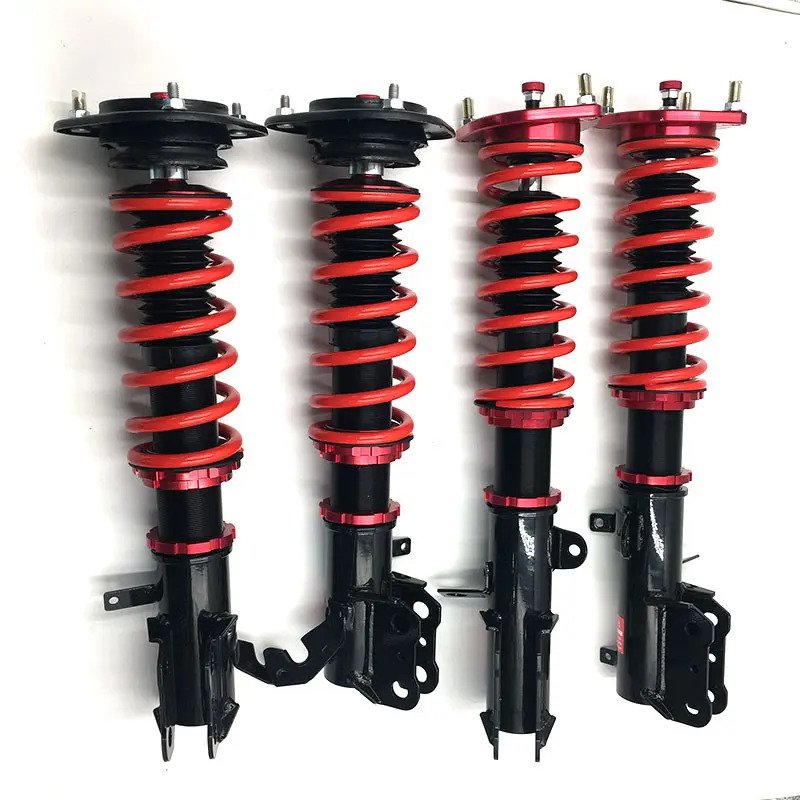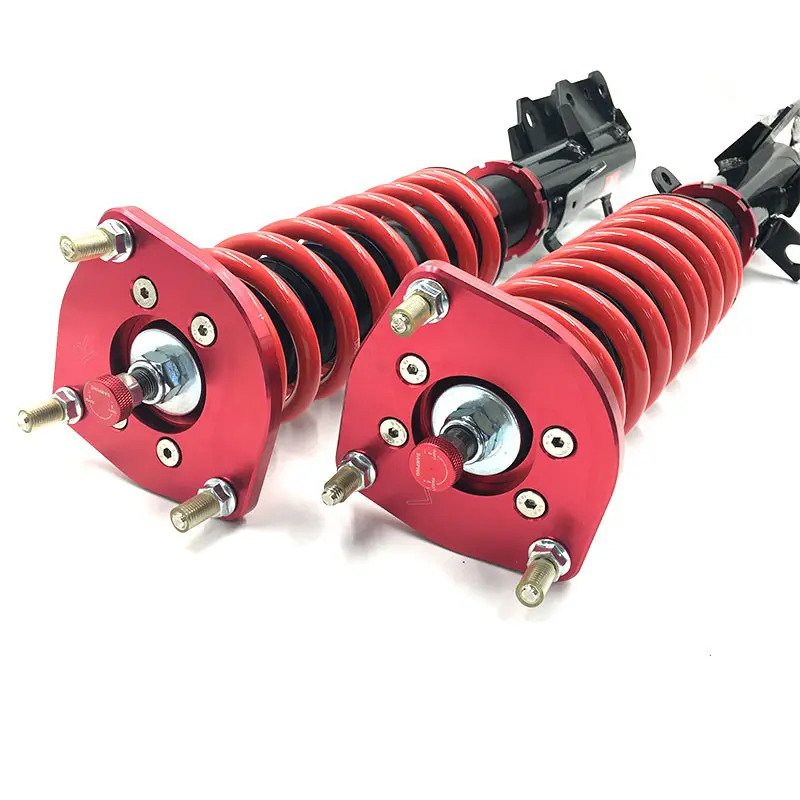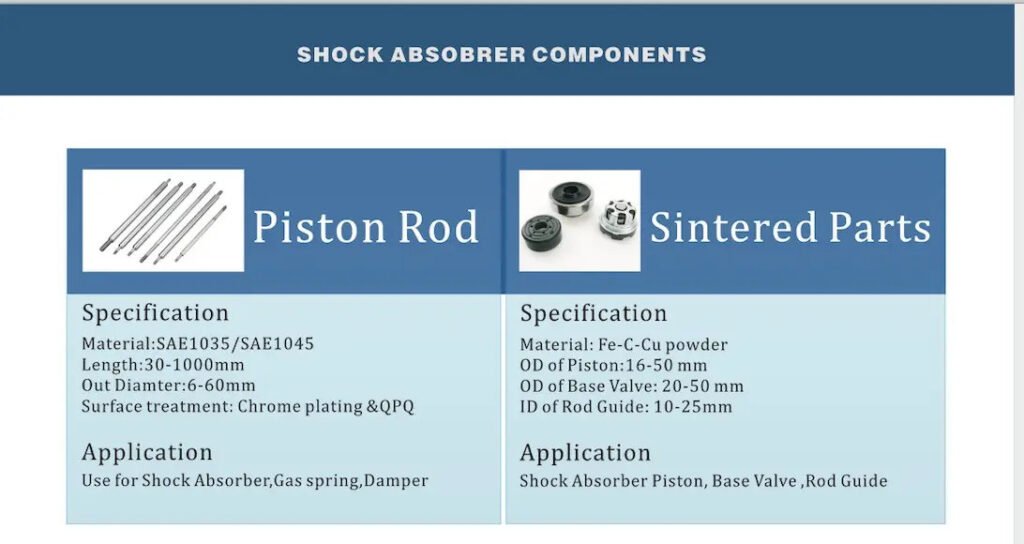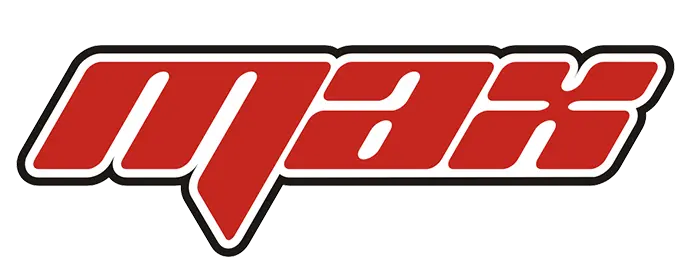

These valves create damping forces for the compression motion of the suspension to save oil. When the shock absorber extends the stroke, the wheels are equivalent to being far away from the body, and the shock absorber is stretched. The piston of the shock absorber then moves upward. The oil pressure in the upper cavity of the piston is raised, the circulation valve is closed, and the fluid in the upper cavity pushes the extension valve into the lower cavity. Due to the presence of the piston rod, the fluid flowing from the upper cavity is not sufficient to fill the volume of the lower cavity increase, the main lower cavity produces a vacuum, when the oil in the reservoir pushes the compensation valve 7 flow into the lower cavity to supplement. Because of the throttle of these valves, the suspension acts as a damping effect when stretching motion.
Because the stiffness and pretension force of the stretch valve spring are designed to be larger than the compression valve, under the same pressure, the channel load area of the extension valve and the corresponding normal pass gap is less than the sum of the compression valve and the corresponding normal pass gap channel cut-off area. This makes the damping force produced by the extended travel of the shock absorber greater than the damping force of the compression stroke, which meets the requirements of rapid shock absorption



